- Home
- Various Articles - YL
- Joining the Circles in ELT Pedagogy: Teacher Innovations in a Japanese Elementary School
Joining the Circles in ELT Pedagogy: Teacher Innovations in a Japanese Elementary School
Dat Bao is a senior lecturer at Monash University. His expertise includes curriculum design, intercultural communication, materials development, literacy development, creative pedagogy, and visual pedagogy in language education. Email: dat.bao@monash.edu
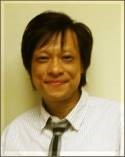
Circles divide us and […] this constant division invariably brings about conflict.
Jiddu Krishnamurti’s public talk (1969)
The focus of the article
Historically, although the discourse in English language education has been characterised by a succession of innovative pedagogies, collaboration among them remains low. While almost every approach has its weakness, theorists hardly combine strengths from different approaches to minimise each other’s limitations. Such reality, however, has been confronted by a community of inventive schoolteachers in Japan whom I had the pleasure to approach for this case study. It is uncommon to see how educators from an outer-circle country of English innovate a style of practice that many inner-circle ELT scholars rarely think of.
This article reports a case of unprecedented efforts to bring pedagogical improvement. It is unique not only because the teachers demonstrated new practice but also because they did so without knowing that they were blending a diverse range of ELT traditions into one solution to confront learning challenges in their school. This would feel like divergent colours and shades coming together in a rainbow. They say in Irish cultural beliefs, at the end of a rainbow you would find treasure. When these teachers created a workable spectrum of pedagogies, the treasure was student learning efficiency. That was what I witnessed during a visit to an elementary school located in Kanagawa prefecture in Japan.
The case study signifies a process of how regular teaching was questioned and revised, which is then positioned against the current discourse of English language teaching. When teachers move beyond the everyday routine to address a problem and persistently experiment with it, a miracle might occur towards a more rewarding way of teaching. If we assume that ELT experts have already produced sufficiently rich methodological knowledge that there is not much more for the ordinary teacher to modify, maybe think twice.
The boundary that divides pedagogy
Every pedagogy promotes a different kind of learning (Peterson, et al., 2018). However, when an approach advocates a specific strength, it might happen to disregard helpful ideals in other approaches. Learning in the real world, whether we acknowledge this or not, is far more complex than what one single pedagogy is designed to address. Since learner experience requires both planned teaching and unplanned response to the everyday changing need, to focus on one dimension and overlook others would amount to making learning crippled.
Although this idea of attending to more than one tradition has been recognised in post-pedagogy discourse in ELT, little research has been conducted into collaboration among ELT pedagogies. There is no record of how scholars attempt to remove a disadvantage of one approach through the help of another. Because of this, the drawback of every approach tends to stay permanently almost as an unattractive trademark of identity. Below are some examples which demonstrate that each pedagogy has a limitation that is not found in some others.
- Grammar-Translation Method fails to support learner interaction while the Direct Method provides favourable conditions for this.
- The Communicative Approach hardly cares about learner memorisation, which empirical research has proven to be an important channel for L2 intake (Bao, 2020), while the audiolingual method systematically organises to meet such a need.
- The Audiolingual Method is known to be humdrum and lacking in enjoyment while Total Physical Response (TPR) and Suggestopedia are designed to fight boredom and enhance learner inspiration.
- Total Physical Response does not have a plan to respond to individualised needs while Community Language Learning and the Communicative Approach pay particular attention to this mission.
- The Communicative Approach struggles to promote accuracy while the Grammar-Translation Method and the Audiolingual Method have no trouble taking care of this.
- Suggestopedia does not provide systematic teaching and distances learners from the real world while the Audiolingual Method makes language practice systematic and practical.
- The Audiolingual Method fails to engage learners in positive affect while the Direct Method makes it more alive.
- Community Language Learning neglects learner need for systematic linguistic knowledge while Grammar-Translation Method deserves credit for this task.
- Total Physical Response provides learners with insufficient verbal practice while the Communicative Approach is well known for this strength.
In a word, even though each teaching tradition disappoints learners in an aspect which others perform successfully, it would rather remain stubbornly weak in some way than borrow a compensatory feature from another tradition. This predicament somehow signifies a concern in Krishnamurti’s (1969) observation:
‘We draw a circle around ourselves: a circle around me and a circle around you. Having drawn the circle - whether it is the circle of me and you, or the family, or the nation, the formula of religious beliefs and dogmas, the circle of knowledge one weaves around oneself - these circles divide us and so there is this constant division which invariably brings about conflict’. (Talk at Stanford University on 12th February 1969)
How ELT pedagogical circles were formulated
Not only avoiding mutual support, approaches and methods in ELT also make efforts to deny one another, believing that mutual elimination, rather than co-existence, would bring progress. Every new style of teaching would arrive through a chain of successive reactions against a previous counterpart, with new ideas being built on disapproval of how language had been taught. For example, in the 1960s, while many theorists emphasised the learning of linguistic system as the main method to master a second language (Johnson, 1982), a disagreement arose with heavy criticism of mechanical language practice and with a proposal to replace it with ‘communicative, meaningful activities’ (Mockridge-Fong, 1979, p. 91).
The 1970s continue to witness mutual disapproval as the only path to improvement. Some joined the debate by ridiculing the structural design, leading to what was proudly regarded by many as the ‘communicative revolution’ (McDonough & Shaw, 1993, p. 20). However, grammarians criticised back. The communicative panache was not viewed by many traditionalists as a revolution since it took away all the confidence and security learners used to have thanks to what they perceived as a systematic input. In view of this, the 1980s saw many attempts to make the communicative approach less extreme, that was, laying mere emphasis on use and ignore learners’ need for linguistic knowledge (Swan, 1983; Swan, 1985; Scott, 1983; Morrow, 1983; Dubin & Olshtain, 1986).
Dissatisfaction, however, was expressed when the new approach that replaced the structural approach (Dubin & Olshtain, 1986, p. 88) did not make the learning of grammatical knowledge any easier than before (Swan, 1985, p. 78). There were appeals not to deny the value of a structural framework in supporting rules for use (Scott, 1983, p. 70) and to advocate a balance between the opposing tendencies, by considering the fact that form and use in second language teaching should not be mutually exclusive. Such recommendations, unfortunately, hardly resulted in any combined methodology. The two concepts which hinted at such blending are heurism and post-method pedagogy, yet they remain holistic and stay on a principle level without a guiding structure.
After all this evolvement, even the most agreeable pedagogical achievements from Western ELT discourse struggled to fit in the context of ELT in Japan and much of Asia. There are several reasons for this. First, many institutional characteristics and sociocultural values in Japanese society make highly talkative classroom processes very unnatural. Second, imported teaching styles and proposed learning behaviour seem single-sided as they favour chatty learners over their introspective counterparts. Third, the recommended communicative model happens to marginalise the strength of many learning strategies such as translation, drills, memorisation, and silent reflection. This is not to mention scholarly theorists’ disregard of students’ local learning styles. As a result, learners’ acceptance of imported approaches is often taken for granted: if students fail to follow a new communicative trend, that is their problem, which explains why they cannot speak English. It seems that more blame goes to the flaw in learning than to the flaw in teaching. What happened in this case study, however, reserves this stance through efforts to address the teaching process.
Research approach and location
The project is a narrative case study in which critical incidents and processes are documented to show the flexible dynamic of professional practice. Data collection tools include classroom visits and observations, unstructured interviews with teachers, informal conversations with students, photographic resources, field notes, and connection into the relevant academic discourse. Ten classrooms were visited, and conversations were made with seven teachers. A formal interview was conducted with the school principal, who is Japanese, and a team leader, who is originally from Mexico. The rest are both Japanese and international teachers. My visit lasted the entire day and lunch was provided by the courtesy of the school.
The research site is known as LCA Kokusai Elementary School, which teaches local children from preschool to year nine. Originally established as a private juku (cram school) in 1985, LCA later changed its status from an international school to a Japanese private school with a strong focus on English. LCA distinguishes itself from international schools in that instead of teaching all subjects in English, it stresses the importance of bilingualism. This means that all courses in both Japanese and in English abide by the Japanese national curriculum. While most students are Japanese, a minority of international students are welcome for Japanese cultural acquisition. The school fosters universally accepted values and global citizenship. The preschool curriculum is entirely English immersion and most subjects for first grade are conducted in English with the exception of Japanese language and Japanese culture courses. As students progress to the sixth grade, more courses are taught in Japanese to build the students’ knowledge in both English and Japanese.
By and large, the school makes effort to meet the expectation of the English education reform in Japan, which advocates moving the starting age for English from six to thirteen. Furthermore, the reform also challenges the current reality, where English has often been taught with little connection with everyday life, by relating English communication to school subjects. In doing these, the school is responding well to the nation’s aspiration for English to serve as the language of participation in the global economy, the global science, and the international community at large. The rest of the article will report how the innovation happened and an analysis of how the employed strategies have built a combination of practical strengths.
Teacher profile
The English teaching team in LCA Kokusai School comprises both Japanese and international teachers. The leader, in the meanwhile, is a Japanese teacher of English who happens to be the school principal. The international teachers, who own degrees and certificates in language teaching, come from a range of countries including Mexico, Australia, the US, Canada, among others. The school-subject teaching team comprises mainly Japanese teachers, who work closely with the English teaching team to ensure relevant subject-specific vocabulary would be taught in English lessons and that English words would be used in subject classes. This is a helpful way of making the target language useful through L2 recycling as well as keeping the motivating connection between language learning and content knowledge.
Teacher innovations
The school principal, Mr. Yamaguchi, was a young English teacher in the 1980s. As a Japanese without much exposure to English communication, he taught himself how to speak the language and use it in the classroom. With rich pedagogical experiences, he frequently reflected on them to help students improve their learning. It was not until the 2000s when there was an increasing need in the country for English, that he decided to find out how to advance student learning by auditing every classroom and documented what kept students struggling to make progress. Without seeking advice from international experts, the principal was working independently to investigate the challenges in his context which he understood better than any outsider.
The principal was performing the role of an academic researcher, though he, humbly, never admitted to such an endeavour. Day by day, with exhaustive notes scribbled from observing classroom processes, he would spend time in his office developing multiple solutions for each learning problem. Such problems would include, for instance, mispronounced words, broken language use, common syntactic errors, and moments of communication breakdown. With self-generated remedies to these learning difficulties, he would then gather meetings with colleagues and shared those ideas with them, one by one, in a systematic manner. Everyone then took notes of the proposed solutions and planned to implement them in their classroom.
Every time a teacher implemented one of those strategies, other teachers would come in to observe. After the class, they would exchange notes and make comments for improvement. This cycle would start over again with more classroom practice, peer observation, follow-up discussion, further improvement, and documentation. Having worked in education systems in North America, Europe, and Australia for two decades, I have never witnessed a group of teachers who invested more time, energy, and brainwork than this community in learning from one another.
Although some of their teaching ideas might not be entirely new to Western discourse in ELT, they were reinvented in Japan without teachers hearing about them from other contexts. For example, one teacher would use a metronome or soundtrack to ensure that students do not slowdown in pronouncing sentences. The purpose of this is to enhance the rate of speech and build fluency. Through teacher support, children would learn to recite words and phrases first before they move on to utter short sentences and then longer sentences. That is, the number of words is gradually expanded to increase challenges. When I asked the teachers what they called this activity, nobody had the answer ready for me. However, in my expert knowledge, it is a combination between jazz chant and scaffolding. Although each of these tactics are common in Western education, this is the first time I witnessed how these two choices are combined into one to tackle a learning issue. We all know that jazz chanting originated from Audiolingualism and scaffolding was inspired by Vygotsky’s (1980) sociocultural framework (which also lay the foundation for the Communicative Approach). However, associating these unrelated traditions, i.e., Audiolingualism with the Communicative Approach, seems to be an innovative idea.
I was given the opportunity to see how these unusual inventions work by walking from class to class, testing out children’s English proficiency after they had experienced the ‘Yamaguchi approach’. This was a pleasant experience when I conversed with students and witnessed their impressive fluently with spontaneous and accurate responses to my questions. I also learned that some of these strategies that worked were then published in a set of textbooks to be used within the school. The books were put through a trial again to be republished with further improvements.
Teacher creation of course materials
It is fairly uncommon to see schoolteachers sit down together and create well-contextualised textbooks to suit the specific needs of their own students. More of this should take place in education because such tasks connect teachers’ familiarity with their context to pedagogical practices in innovative ways. What seems most noticeable is that the textbook itself is not settled but serves as a procedural syllabus to be revised and improved every year based on the actual implementation. Each textbook is initiated by one teacher, who develops it based on the experience of working with their students in various classes. The book after being written would be used and the process is documented for revision. Teachers then shared their modifications with other teachers so that exemplary practice can be reproduced with new adaptations.
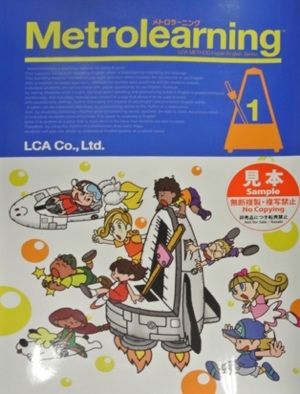
This image shows a textbook written by the principal himself based on his idea of using a metronome to teach children to speed up when they speak English. Again, this is slightly similar to what we know as jazz chants. However, while jazz chanting often focuses on pronunciation, sentence stress and rhythm, the metro-learning method cares more about the rate of speech. It is developed based on the need to remedy some students’ habit of slow or broken verbal articulation and raises the awareness of what communication fluency would sound like.
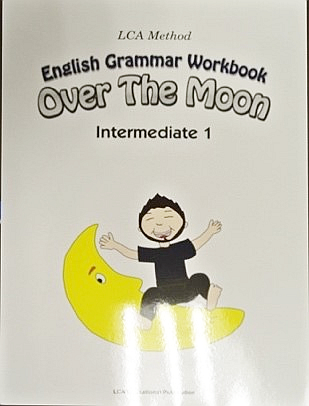
This textbook known as Over the Moon focuses on sentence construction. The Australian teacher, whose surname happens to be ‘Mr. Moon’, used his name for the book title. He also designed the cover and drew illustrations in the book. In my thinking, Mr. Moon must have cared about his students enough to be able to invest time and effort in a project outside of the regular teaching hours without earning any additional salary from this task. When the students received this book, it was a personal gift from the teacher’s love and bonding with them.
Student personalisation of the learning process
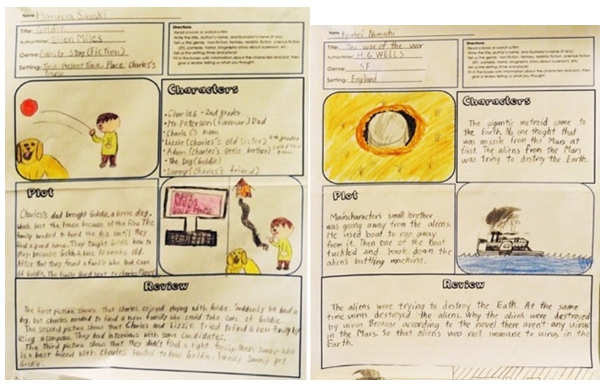
In my observation of the teachers’ practice, language does not entirely come from the textbook, but the case reverses: language after being taught, learned, and used will enter into the textbook as a more recognised version. In other words, it is the learning process that shapes the materials rather than materials determining the learning process. Furthermore, such materials do not simply stay in the book as knowledge to be taught, but language use was made alive through student creativity. Equipped with a guiding framework, students were encouraged to be creative by developing their artworks with English as the medium of expression.
Such content comes from students’ imagination and the real world around them. These images show examples from students’ creations such as story plots, observation of classmates, and classroom rules. For learning to be self-resourceful, students are encouraged to manually craft their works rather than digitally generate them or rely on read-made online templates. Words are written by hands and pictures were drawn with crayons, paints and brushes. After being submitted to the teacher, students’ assignments were handpicked to become exhibits in the school corridor and entered into the school museum for displaying students’ best work.
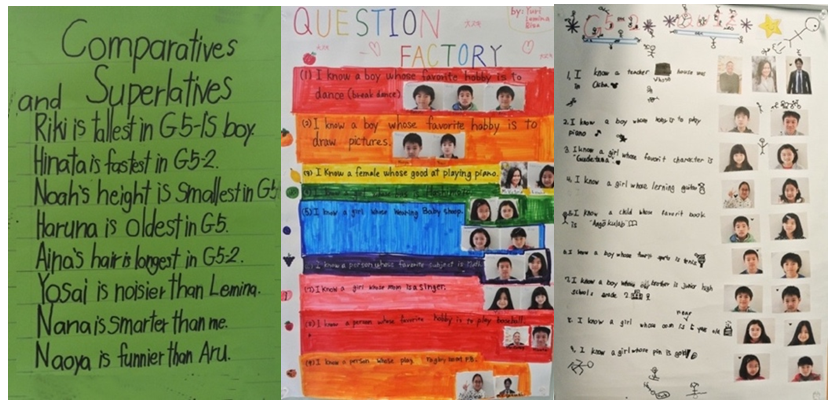
Learning is constantly enriched through authentic language use as students choose to talk about real people and issues which catch their attention. In this experience, the practice of linguistic form and social knowledge merge into one, through which students also participate in building the school culture. Besides, everyone takes an active role by contributing ideas to keeping the learning environment positive and helpful, which serves to merge language study with sociocultural understanding.
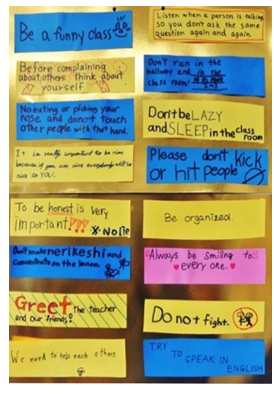
‘Be a funny class’, ‘Listen when a person is talking so you don’t ask the same question again and again’, ‘Before complaining about others think about yourself’ are the regulations developed by the students themselves. Some of these rules are unique, personalised, and different from class to class, such as ‘Don’t kick or hit people’, ‘Don’t be lazy and sleep in the classroom’ as they are initiated by the children through their real observation. Students feel responsible when they are encouraged to give advice on behaviour rather than receiving it from the teacher.
In addition, there is the interaction among classes. For example, if learning output seems inspiring and is worth sharing with everyone else in the school, they are displayed in the museum. One of the photos showcases students’ exemplary works. Students do not always go to the Internet and borrow resources. They are taught to read physical books and practise synthesising information. They then build a report from their understanding of knowledge and interpretation.
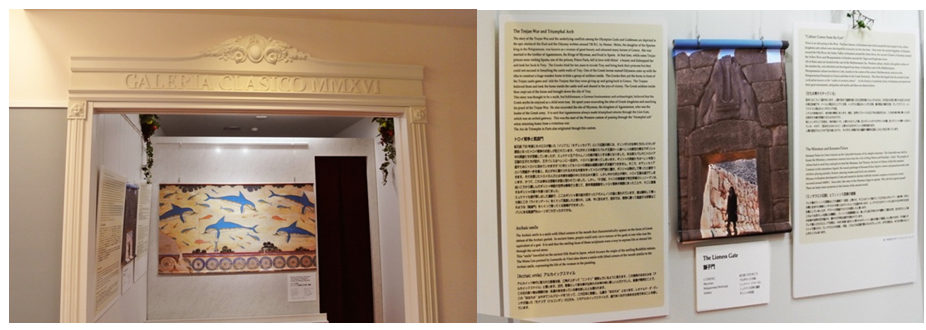
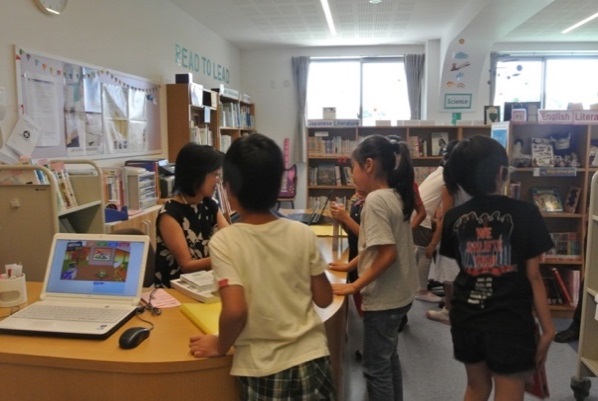

Overall, the learning atmosphere seems positive and inspiring when students’ highly original works are collaboratively created and shared. When the content of English learning is made closely connected with content subjects and when subject teachers and English teachers work closely together, both knowledge and language use are frequently recycled so that students learn them multiple times with a clear connection.
Characteristics of the innovation
The nature of teaching and learning at LCA Kokusai School takes on a highly experimental nature whereby teachers bring together whatever might work and test it out through personalised and contextualised trials. Everyone combined efforts to enhance student learning and turn achievements into their teaching materials. Through all these efforts, the teachers knew little about scholarly theories (which I believe they do not need to know) and would be less concerned about labelling the approaches/methods than enhancing the quality and outcome of their practices. In my observation, such teaching practice has a mixed-method dynamic which includes features of these seven teaching traditions commonly known in the ELT world:
- International Schooling (with a focus on intercultural awareness) and Emersion (with an emphasis on social language use)
- Content-Based Language Teaching (such as the use of L2 in science and maths)
- Process-based Curriculum (whereby teachers develop their teaching materials)
- Total Physical Response (that makes use of students’ kinaesthetic participation)
- Audiolingualism (habitual-forming pronunciation practice)
- the Communicative Approach (with emphases on collaborative learning, contextualisation, and learner-centeredness)
The combination of these approaches seems fairly uncommon in many Western educational contexts. This is because the experiment with teaching methods was not initiated by external experts but was constructed through local teachers’ effort and collaboration. If we see this process as the act of reinventing the wheel, these practitioners probably did not know what the wheel looked like – otherwise, they would have, out of common knowledge and habits, created something well recognised or conventional. There is also a social dimension to the process in which practice was not confined to a few team members but consensually derived from the whole school. The efficiency of such practice was substantiated in the everyday context and pedagogical variations came with collaborative measures of progress monitoring.
Dissemination of innovative ideas
LCA Kokusai is not the only school that cares about creativity in teaching and learning. Other sites which I had the pleasure to visit all exhibit different ways of pushing the boundary in education. They were Tsutsuijigaoka Primary School, Minami Junior High School, and Ono Minami Chugakko Junior High School, which were located in Mie and Kanagawa Prefectures. These schools happened to be in the private sector with self-funded resources, diverse staffing, and a high degree of freedom in their curriculum. Their classes were run by innovative teachers with international exposure. Besides, the leadership in the schools is connected in a network with higher institutions such as Shizuoka University, Nagasaki University, Teikyo University, Waseda University, Tsuru University, and Tokyo Gakugei University. Generally speaking, it is not uncommon for many elementary and secondary schools in Japan to operate under the guidance of a research university.
To facilitate professional interaction, national conferences are organised to bring schoolteachers together for sharing ways of achieving higher. Unlike scholarly practices in many university contexts where the priority is to display achievements in international publications and to feature them at international conferences of high publicity, in these schools the priority is to see that new ideas would serve the immediate community to begin with. Newly developed strategies should be tried out in the local context first to see whether they obtain positive outcomes before they get recommended to the world.
Attending the Annual Conference of the Japanese Learning Society, I could see that almost all the papers presented come from teacher innovations. For example, school principals and teachers shared ideas of how they innovated and implemented their teaching methods. Unfortunately, this exciting event remains unknown to the international education community. Articles coming out of this conference again were published only in a local newsletter.
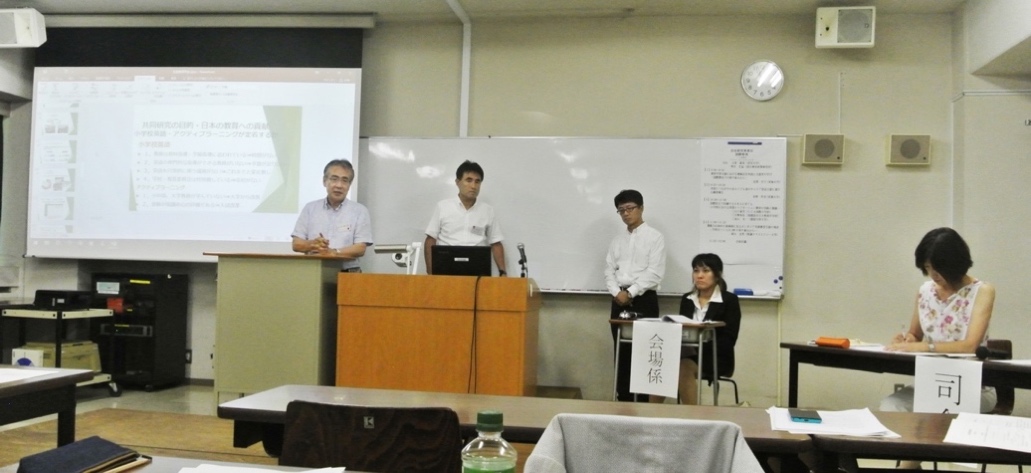
the 13th Annual Conference of the Japanese Learning Society
As a university researcher with a special interest in primary education, I was impressed to witness how primary teachers build a network, research for the improvement of practice, and present their cases. I had the pleasure to visit Minami Elementary School in Nabari City, Mie Prefecture, and collaborate with one senior teacher, Ms. Nishiyama, to build research opportunities. Together we presented at a national conference our research project which addresses how Japanese primary children developed English proficiency through networking with Australian primary schools. From the conference and subsequent school visits, I could see how principals from different schools form a community to support each other to improve education.
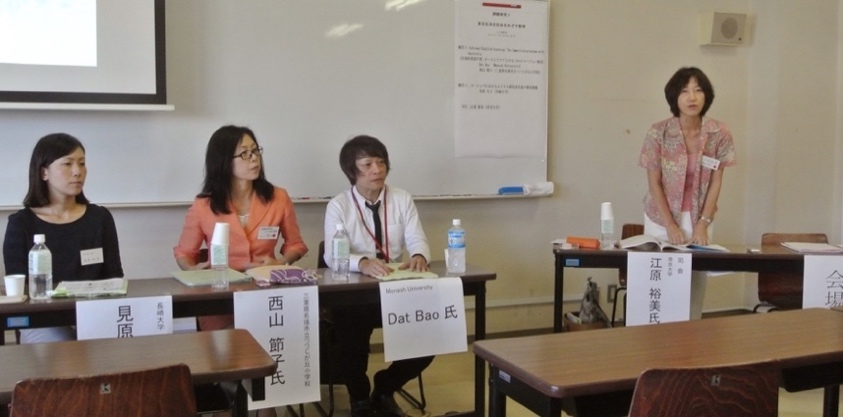
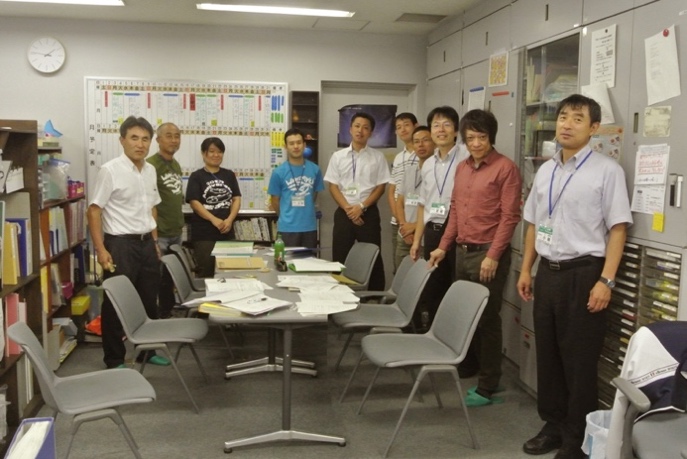
The case study reported in this article is not a one-time experience. Instead, the interaction in these schools has continued to grow into a network of mutual learning and collaboration between colleagues in Japan and Australia with joint projects, seminars, and publications. Together we have set up online meetings on Skype for interaction among teachers to share pedagogy and among students to exchange learning ideas. Japanese colleagues have also visited schools in Australia for further networking and future research opportunities. For example, after my visit to LCA Kokusai, Professor Kanayama, who is a consultant at this school and a lecturer at Waseda University, travelled to Monash University and shared his experience with my students in a classroom for further exchange of ideas. As evident, teaching and learning do not happen in institutes alone but expand to new experiences in broader social and international contexts.
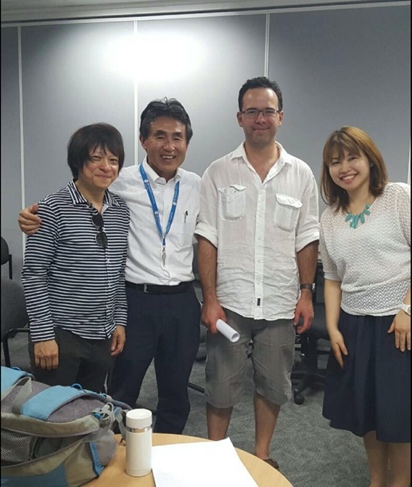
to Monash University in Australia
Concluding remarks
Once a man with a large raw diamond stepped into a jeweller’s and asked for it to be cut to shape. The jeweller said he dare not mess with such a priceless item. The man went to many other shops, but they all refused him, explaining that the diamond was too valuable for them to take the risk by butchering it. Finally, an apprentice in a small shop accepted the diamond and turned it into beautiful artwork. When people asked the owner of the diamond why all the masters gave up but a beginner in the trade took over such a task, the man answered: ‘because that person had absolutely no idea about the worth of the diamond’. The apprentice succeeded simply because he treated it like a normal job and was giving his best. Believe it or not, sometimes it is the knowledge that prevents progress. One reality that may interfere with the freedom of creativity is the fact that we, as experienced experts, have been endowed with so much knowledge about ELT methodology that such an asset sometimes prevents us from daring to step outside of what we were trained to do. When our expertise binds practices rather than liberating them, routine keeps consolidating itself.
I would like to highlight more than just the acquired methods and draw attention to three virtues among the teachers in the case study. The first quality is the power of imagination, a cognitive tool that makes sense of what one is teaching and becomes a driving force for discovery. The ability to connect two seemingly disassociated elements, according to the Greek philosopher Aristotle, represents the evidence of creativity. By envisaging and conceiving, teachers were able to resolve the mysteries of what slowed down children’s learning, what would bring learning enjoyment and efficiency, what elements could work together, and how teaching could be adjusted to make more sense. The second quality is an adventurous mind, with which the teachers in the study became less reliant on popular approaches but responded to their own context. The third quality is teacher compassion. That is, one would need to love and care about students enough to patiently sit through one lesson after another, untiringly trying out the same solution and revising it multiple times for perfection.
References
Bao, D. (2020). Reconceptualising memorisation for effective language learning practice. The European Journal of TEFL and Applied Linguistics 9(1), 29-46.
Dubin, F. & Olshtain, E. (1986). Course Design. Cambridge, UK: Cambridge University Press.
Johnson, K. (1982). Communicative Syllabus Design and Methodology. Oxford, UK: Pergamon Press.
McDonough, J. & Shaw, C. (1993). Materials and Methods in ELT. Oxford, UK: Blackwell.
Mockridge-Fong, S. (1979). Teaching the Speaking Skill. In M. Celce-Murcia & L. McIntosh (Eds.) Teaching English as a Second or Foreign Language. Singapore: Harper & Row, Publishers.
Morrow, K. (1983). Principles of Communicative Methodology. In K. Johnson & K. Morrow (Eds.) Communication in the Classroom. Essex, UK: Longman.
Krishnamurti, J. (1969). You Are the World. Chapter 9, 12th February 1969. Talk at Stanford University. Retrieved from http://jiddu-krishnamurti.net/en/you-are-the-world/1969-02-12-jiddu-krishnamurti-you-are-the-world-2nd-public-talk
Peterson, A., Dumont, H., Lafuente, M., & Law, N. (2018). Understanding innovative pedagogies: Key themes to analyse new approaches to teaching and learning. OECD Education Working Papers, (172), 1-134.
Scott, R. (1983). Speaking. In K. Johnson & K. Morrow (Eds.) Communication in the Classroom Essex, UK: Longman.
Swan, M. (1983). False Beginners. In K. Johnson & K. Morrow (Eds.) Communication in the Classroom. Essex, UK: Longman.
Swan, M. (1985). A Critical Look at the Communicative Approach. ELT Journal 39(2), pp. 76-87.
Vygotsky, L. S. (1980). Mind in society: The development of higher psychological processes. Cambridge, MA: Harvard university press.
Please check the Practical Methodology and Language for Primary Teachers course at Pilgrims website.
Content-based Instruction for Young Foreign Language Learning
Mija Selic, SloveniaJoining the Circles in ELT Pedagogy: Teacher Innovations in a Japanese Elementary School
Dat Bao, AustraliaPeer Interaction: Beliefs of Primary English Learners and Implications for the Classroom
Carolyn E. Leslie, Portugal